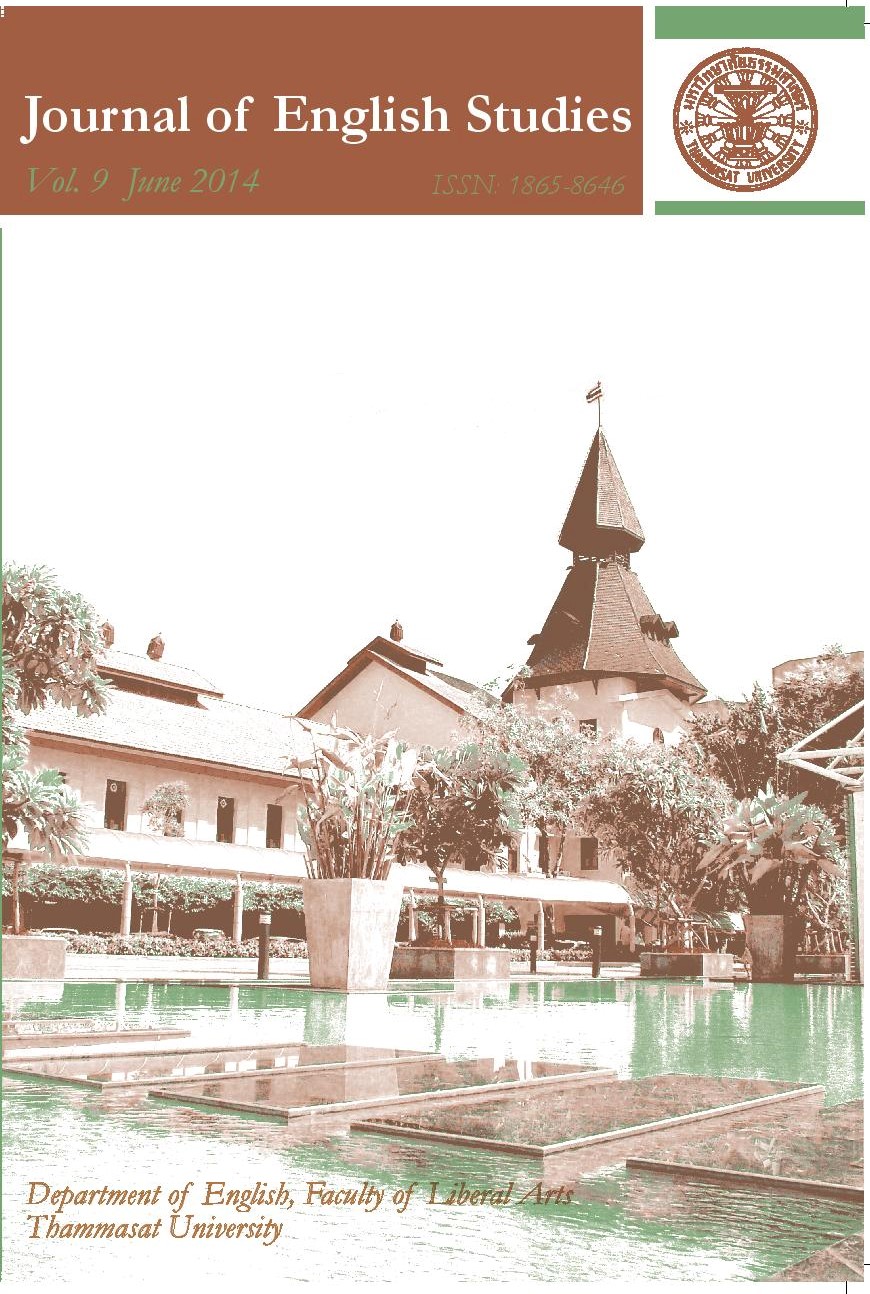Idiom Comprehension and Processing: the Case of Thai EFL Learners
Main Article Content
Abstract
This study explores the issue of L2 learners’ idiom comprehension and processing in order to examine the strategies for comprehending idioms in English used by those learners and to determine the factors that play a role in idiom processing and comprehension. Sixty L1 Thai-L2 English learners at three different proficiency levels were asked to complete the idiom recognition task in which they would be presented with fifty idioms embedded in context then required to verbalize their thoughts on what the idioms might mean. The overall results show that all groups of learners used a cohort of strategies in comprehending idioms during the pre-guessing, guessing and post-guessing stages; namely, use of context clues, the literal meaning of the words and use of keywords in the idiom string to recover the idiom meaning. Learners at each proficiency level employed different strategies: the highly proficient depended more on context clues, while both of the lower proficiency groups based idiom interpretation on the literal meaning of the words. The types of idiom played an important role in comprehending idioms. Theoretical andpractical implications for idiom comprehension and teaching will be discussed.
Keywords: idiom comprehension; idiom processing;
learners’ strategies

